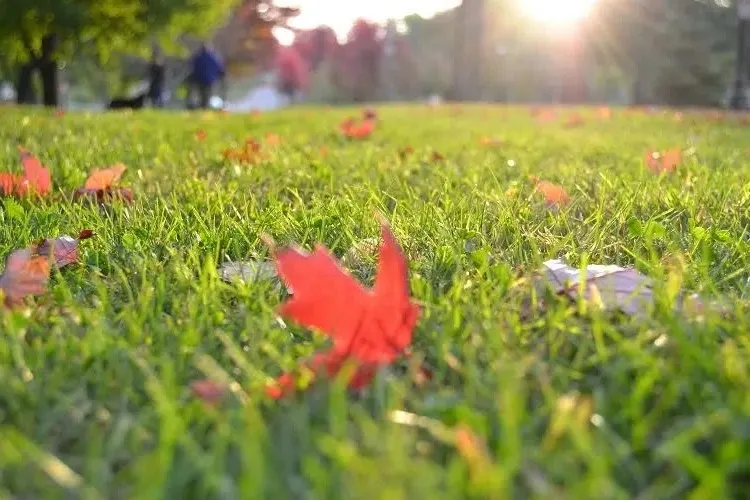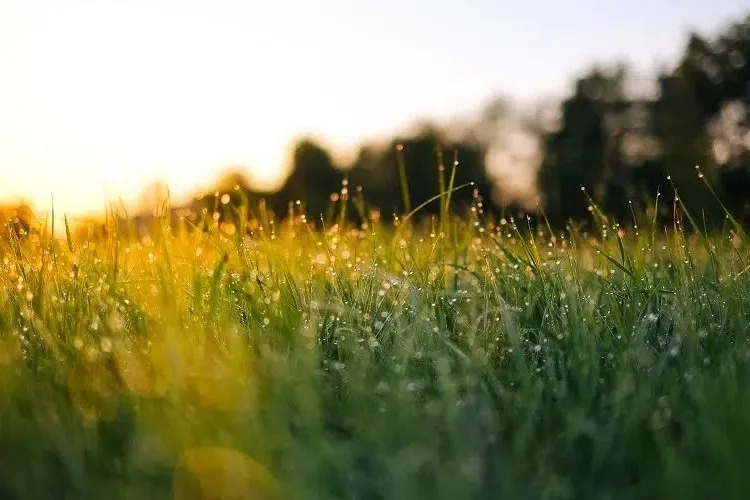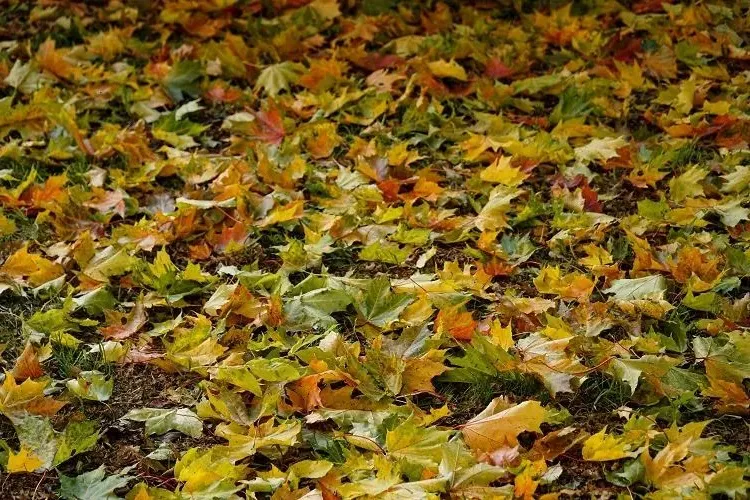It’s easy to have a beautiful lawn in fall! But what mistakes can you make when caring for your lawn during this season? And how can they be avoided? The Deavita.net gardeners tell you all about it!

Fall Lawn Care Mistakes: How to Avoid Them?
As fall sets in and the cold weather begins to surround us, many people stop looking after their lawns and gardens. This is the first mistake you can make, because for your lawn to thrive, overwinter, and be bright green in the spring, you need to keep up the good work. There’s a lot of trial and error when it comes to caring for your lawn the right way. Today we’re going to explain how to avoid these mistakes, what to do instead, and how to do it correctly. Are you in?

Inadequate Watering
Over-watering is a common problem. The vast majority believe that by watering your lawn regularly, it will grow more vigorously and be greener than ever. This is a common misconception that can leave your lawn with brown patches or even destroy it completely. Another problem is not watering enough or stop watering altogether, especially when fall arrives. The basic rule is to never stop watering until the first frost. Then you can stop.
Not Getting Rid of Weeds in Lawn
Another common mistake is not pulling a weed from the lawn as soon as you see it. People often mistakenly think that the cold will kill weeds. But weeds overwinter and grow back in the spring, ready to invade your lawn. So it’s essential to get rid of them quickly. If you already have a problem and weeds have grown everywhere, we encourage you to consult our solutions in the article below:
Also read: Pretty Trees, Flowers & Shrubs for an Orange Garden in Autumn
Not Removing Fall Leaves

It’s true that fall is a beautiful time of year, and all the bright orange, bronze, yellow and red leaves are a sight to behold. However, they can do a lot of damage not only to your garden, but also to your lawn! If you don’t rake up the dead leaves, you suffocate the soil. And if it rains, these leaves will start to decompose, which can lead to serious problems such as fungal diseases.
Also read: How to Use Fall Leaves As Fertilizer & Compost in the Garden?
Not Mowing Your Lawn in Fall
One of the biggest mistakes you can make when looking after your lawn in fall is to not mow it at all. Mowing shouldn’t stop when fall arrives. When to mow new grass after overseeding? You need to mow your lawn regularly to keep it looking good and healthy. However, when temperatures start to fall, you should space out the frequency of mowing and not cut as short as usual.

Lawn Aeration in Fall
Lawn aeration allows air to circulate freely in the soil, ensuring healthy lawn growth. Although this is usually done in spring, it is possible to aerate the lawn in fall as well. This is most often done in early fall through to the end of October. When the soil is too dense, air cannot get through and the grassroots can rot, especially if there is standing water and the soil is not well drained. You can do this using a pitchfork, a solid-tine aerator or a spiked aerator.
The Right Fertiliser for Your Lawn
Mid-fall is the last time to apply fertiliser to the lawn to give it enough time to prepare for winter. A common mistake is never to fertilise your lawn, or to do it only once a year. Lawns need to be ‘fed’. So you need to use a good natural fertiliser such as horse manure, bone meal, compost and so on. But it can also depend on the type of soil you have and its pH. Which brings us to the last mistake.

Fall Lawn Care Mistakes: Soil Test
Forgetting to do a soil test is a serious mistake! Knowing your lawn’s pH is crucial to its well-being. Lawns thrive in soil with a pH of between 6 and 7.7, which is fairly alkaline. If your soil is acidic, you will need to adjust the pH to ensure your lawn grows properly. Soil tests are sold almost everywhere at low cost and could save your lawn. If you do the test, and it turns out that the soil is too acidic, you’ll need to add lime to make it alkaline. And if the soil is too alkaline (pH above 7.7), you can add coffee grounds to make it more acidic.
Do you know when are you supposed to bring ferns inside? Find out in this article!
